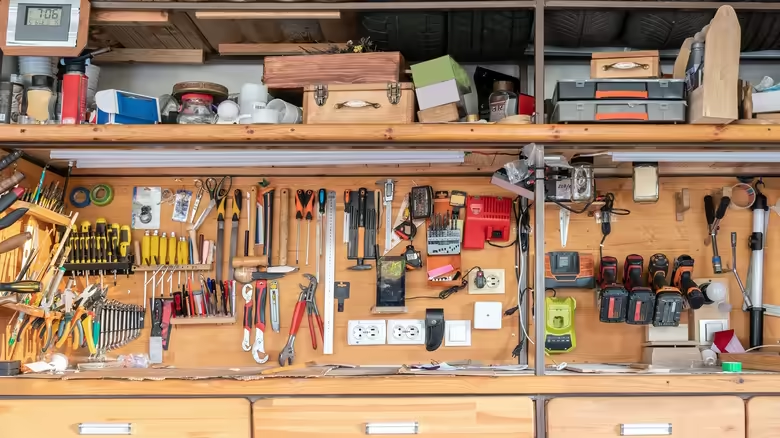The workshop has long been recognized as the cornerstone of machining, engineering, and invention, serving as a fertile ground where the seeds of modern technology were sown and nurtured. From the steam engines that powered the first industrial revolution to the sophisticated electric motors and industrial machines of today, workshops have played a pivotal role in advancing human civilization. At the heart of these workshops is the art of machining—a skill that combines precision, expertise, and the manipulation of resistant materials to create objects that shape our world. This article delves into the essentials of machining and explores how efficiency can be maximized within the workshop setting.
Machining Fundamentals
Machining, as a term, encompasses a broad range of activities but at its core, it involves shaping material into desired forms through the removal of excess parts. This definition has evolved alongside technological and industrial advancements. In the past, machining was synonymous with the repair and creation of machine parts, primarily using hand tools. This was before the term "engineer" was commonly adopted in the 19th century and long before machining became recognized for what it is today—a process that includes a wide array of techniques to achieve precise, designed outcomes.
Modern Machining Techniques
Today's machining techniques are diverse, incorporating tools that cut, carve, and abrade material to achieve the desired shape or design. Workshops are typically equipped with lathes and power drills, which utilize rotating components to facilitate the machining process. Lathes, for instance, rotate the workpiece itself, allowing for the uniform removal of material. In contrast, power drills are employed for drilling, routing, or cutting into the workpiece.
Hand tools remain indispensable for specific tasks, particularly for tradespeople who perform on-site services. Tools like the Milwaukee M18 grinder exemplify the adaptability of modern machining tools, enabling the grinding, cutting, and abrading of metals directly on the client's premises.
The advent of digital technology has further revolutionized machining, with CNC (Computer Numerical Control) machines leading the charge. These machines leverage digital programs to cut materials with unparalleled precision, streamlining the production process and enhancing the quality of the final product.
Curating an Efficient Workshop
Efficiency is the cornerstone of a productive workshop. It not only reduces the time and materials wasted but also speeds up the completion of projects. Implementing effective shop floor management practices can further enhance efficiency by streamlining operations and improving workflow. Check this comprehensive shop floor management guide if you want to learn more about this. Achieving efficiency involves a combination of proper equipment calibration and skill development. Tools that are not correctly calibrated can lead to parts not meeting the required tolerances, resulting in wasted materials and time. Similarly, a lack of proficiency in using these tools can increase the likelihood of errors, further detracting from the workshop's efficiency.
Advanced Strategies for Enhancing Efficiency
Beyond basic equipment maintenance and skill enhancement, several advanced strategies can further optimize workshop efficiency. Implementing a lean manufacturing approach, for instance, can help in identifying and eliminating wasteful practices, thereby streamlining operations. This involves continuous improvement practices and the adoption of just-in-time production methodologies to reduce inventory costs and increase the workshop's responsiveness to demand.
Additionally, integrating software solutions for project management and inventory control can provide real-time insights into the workshop's operations, enabling more informed decision-making and better resource allocation. Tools such as CAD (Computer-Aided Design) and CAM (Computer-Aided Manufacturing) software also play a crucial role in modern machining, allowing for the design and execution of complex projects with higher accuracy and in less time.
The Role of Continuous Learning and Innovation
The field of machining is continually evolving, with new materials, tools, and technologies emerging regularly. Staying abreast of these advancements is crucial for maintaining a competitive edge. Workshops that invest in ongoing training and education for their staff can adapt more quickly to new methods and technologies, further enhancing their efficiency and productivity.
Moreover, fostering a culture of innovation within the workshop can encourage creative problem-solving and the development of novel techniques that can save time and resources. Encouraging team members to experiment with new approaches and share their findings can lead to improvements in processes and outcomes.
Conclusion
Maximizing efficiency in machining tasks is a multifaceted challenge that requires attention to both the fundamentals of the craft and the adoption of modern technologies and methodologies. By focusing on equipment calibration, skill development, lean manufacturing, and continuous learning, workshops can significantly enhance their productivity and quality of work. As the machining industry continues to evolve, staying informed and adaptable will be key to thriving in this dynamic field.



